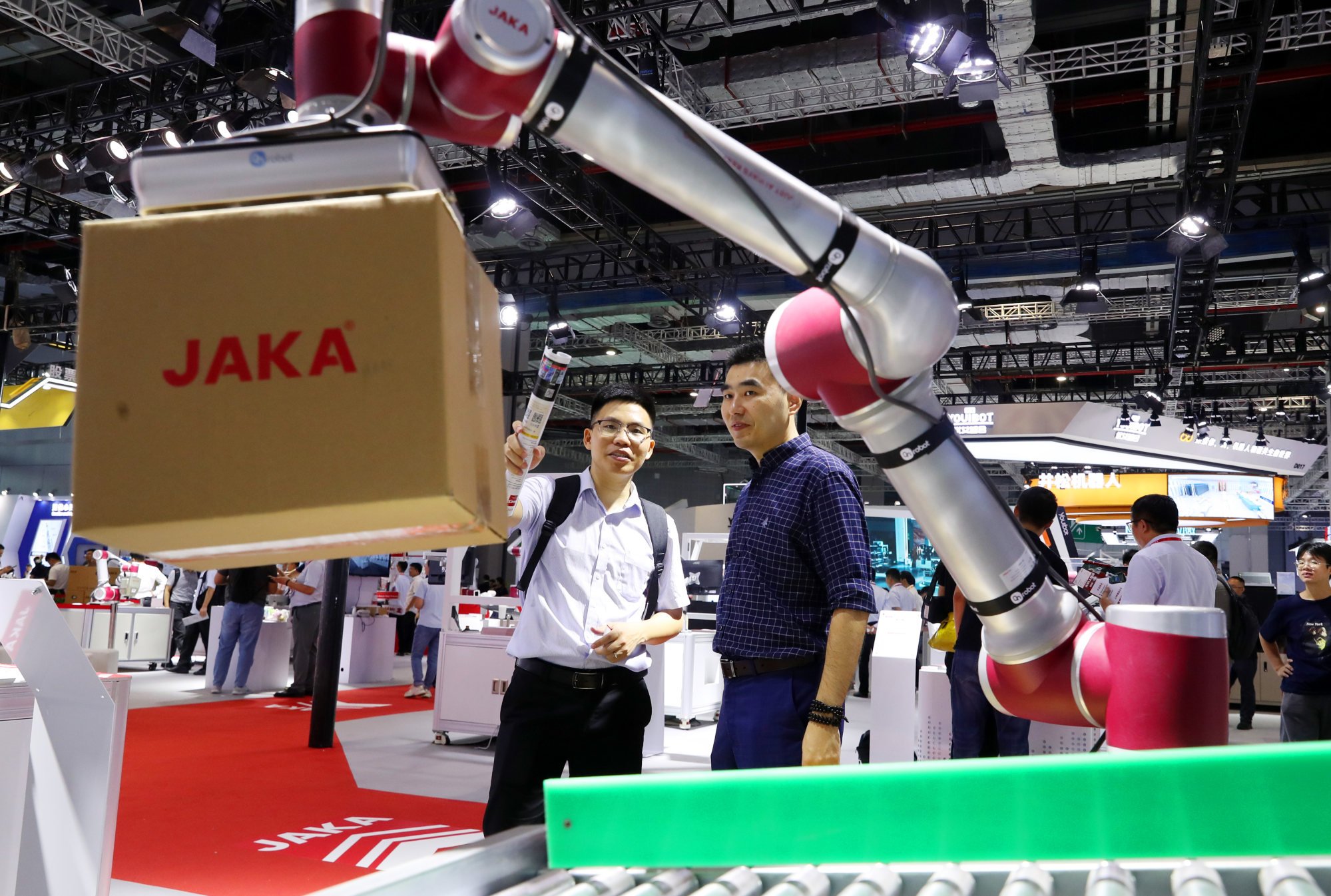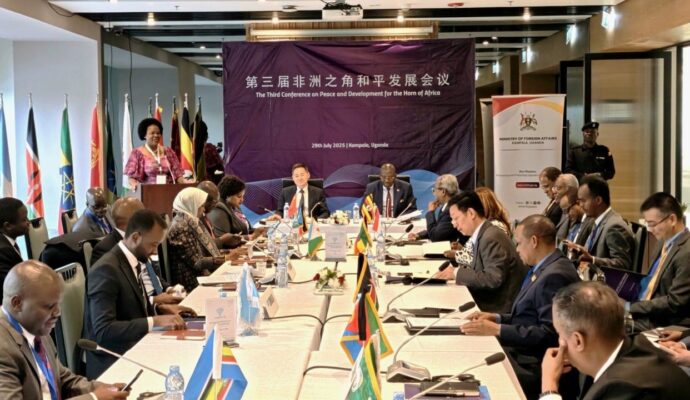Meanwhile, he has set up a 24-hour service team, and his sales team has attended trade expos in Europe and Asia, where its members tried to drum up more orders.
“If clients do not place orders in China, then let’s go to the places where they do,” Liu said.
‘Momentum remains lukewarm’: 4 takeaways from China’s trade data in August
‘Momentum remains lukewarm’: 4 takeaways from China’s trade data in August
After setting up a warehouse in Los Angeles earlier this year, Liu plans to source shirts from Southeast Asian factories, complete the design and printing in the US and sell them there via e-commerce platforms that are also trying to invest and localise there.
“Our annual export sales reached over 100 million yuan (US$13.69 million) last year, and we estimate that we will double export orders this year, in which the US market would expand and contribute 25 per cent,” Liu said.
China’s exports fell by 8.8 per cent in August from the previous year, narrowing down from a plunge of 14. 5 per cent in July. Shipments to the US dropped for the 13th consecutive month after falling by 9.53 per cent in August, although slightly improving from the double-digit declines in the previous three months.
What slowing demand from China and the West means for the rest of Asia
What slowing demand from China and the West means for the rest of Asia
Beijing is trying to stabilise foreign trade and investment, while economists said a heavy reliance on the external market is never the recipe for China to become an economic powerhouse.
“It is necessary to reduce reliance on external demand from the strategic perspective,” said Liu Yuanchun, president of Shanghai University of Finance and Economics.
Peng Biao, a supply-chain specialist in Shanghai, also witnessed signs of improvement at a textile-equipment exhibition in Shanghai last week.
“There were more foreign faces, mainly from Southeast Asia and the Middle East. Some were trained and recruited by Chinese companies to explore overseas markets,” Peng said. “One attendee noted a rebound in the orders in July and August from the previous two months when only 30 per cent of capacity were used.
“And we’ve discussed and proactively explored how to expand research and leverage AI and big data to attract new orders.”

Economists have called on Chinese enterprises to take bold moves to the global market.
“We have seen some industries and enterprises moving out [of China], but they are not a kite with broken strings; rather they are closely linked to the domestic industrial ecosystem,” Zhuo Xian, senior fellow at the Development Research Centre of the State Council, said at an economic forum last week.
Musk Lu, founder of Dongguan-based Kanou Group, has turned to a strategy to become more international, after seeing orders in the precision machining part of his business fall by nearly 40 per cent compared with last year.
The group has been mainly producing precision mechanical parts and high-end touch screen glass for foreign customers in the automotive, semiconductor, medical and industrial CNC industries for decades.
“Once lost, it will be lost forever. I’m quite sure about it. What we have to do is to keep up with the changes in the supply chain and take the road of internationalisation,” he said.
“Our investment strategy is actually quite straightforward. We plan in advance and lay out a stronghold where our customers are likely to shift and invest, so we can respond to customers and obtain new orders faster than the previous business model, which was centred in China,” he said. “Our next step should be India, and we’ve recently hired a Japanese colleague who will be responsible for developing the Indian market next year.”
On the other hand, he has no plan to expand production capacity at home over the next decade. Instead he intends to focus on more overseas branches.
“We are aiming to become a local brand or a local company in whatever market we are in, so as to make Kanou Group more internationalised,” Lu said.
Exporters have also called for easier access to visas, to help facilitate their overseas trips.
“Now it’s hard to get a business visa. It takes 15 days to apply in Southeast Asia, three months in Singapore and Australia, three to five months in the UK, six months in Europe, and it is even more difficult in the United States, Canada and India,” said Leo Tan, a Shenzhen-based export trader.
Meanwhile, some are still being confronted with the daunting task of trying to stabilise export orders amid the push overseas to reduce reliance on the Chinese market.
“Some foreign buyers have a new KPI to fulfil, which is to gradually reduce the purchase of made-in-China products by a certain percentage, so we are at smaller odds to return to the previous level,” Tan said.



